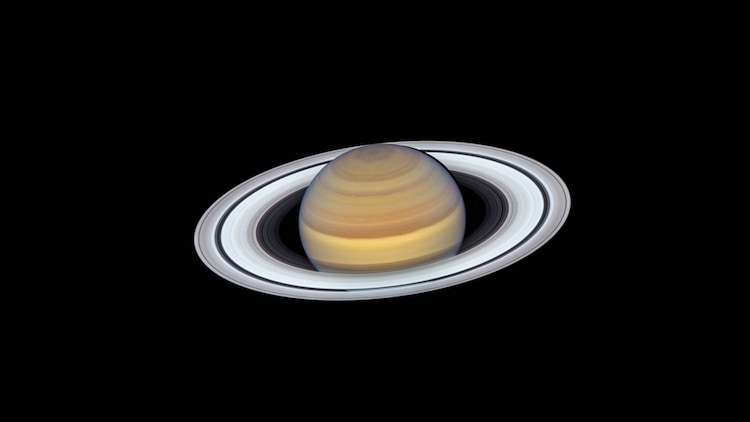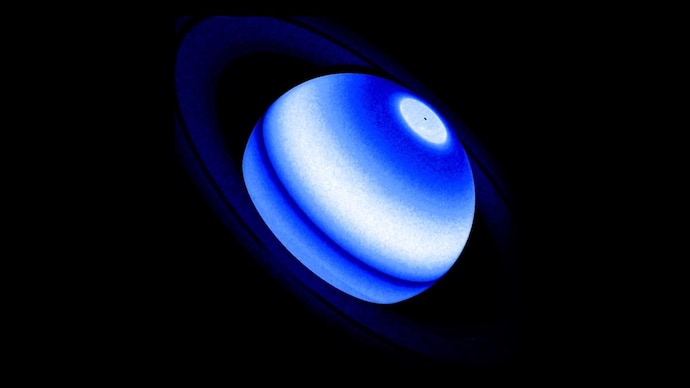
Incredible Hubble image reveals Saturn's closely protected secret
The unique phenomenon seen on Saturn has not been seen anywhere else in the Solar System.

In Short
- Scientists have used observations of Saturn by Voyager-1,2
- Scientists noticed a bump in ultraviolet radiation
- They looked into the ultraviolet-light (UV) observations of the planet
The secret has been sitting in plain sight since the first image of Saturn was captured by Voyager-1 in 1980. Forty years later we finally know that the rings of this gas giant are doing something unique to the planet. They are heating the planet's upper atmosphere.
Scientists have used observations of Saturn by Voyager-1,2, the retired Cassini probe, and the Hubble space telescope to unravel the secrets of Saturn's picturesque rings.
The heating up of the atmosphere by the rings is a unique phenomenon that has not been seen throughout the Solar System, which has several ringed planets. Scientists are hopeful that the new finding could provide a tool for predicting if planets around other stars have glorious Saturn-like ring systems.
Scientists noticed a bump in ultraviolet radiation, seen as a spectral line of hot hydrogen in Saturn's atmosphere indicating that something is contaminating and heating the upper atmosphere from the outside. The heating is speculated to be due to the icy ring particles raining down onto Saturn's atmosphere due to the impact of micrometeorites, and solar wind particle bombardment.
Also Read | We could soon have genetic early warning system to predict future pandemics
Nasa said that this happens under the influence of Saturn's gravitational field pulling particles into the planet and when the Cassini probe plunged into Saturn's atmosphere ending its mission, it measured the atmospheric constituents and confirmed that many particles are falling in from the rings.
"Though the slow disintegration of the rings is well known, its influence on the atomic hydrogen of the planet is a surprise. From the Cassini probe, we already knew about the rings' influence. However, we knew nothing about the atomic hydrogen content," said Lotfi Ben-Jaffe, lead author of the paper published in Planetary Science Journal.
The researchers went back to the Voyager mission and looked into the ultraviolet-light (UV) observations. They tracked the observations from four space missions that looked at Saturn. The key was to look at data from Hubble's Space Telescope Imaging Spectrograph (STIS). Lotfi compared the STIS UV observations of Saturn to the distribution of light from multiple space missions and instruments.
Also Read | Closest black hole to Earth discovered. It's in our cosmic backyard
By bringing all the diverse data together and calibrating it, Ben-Jaffel found that there is no difference in the level of UV radiation.
"We are just at the beginning of this ring characterization effect on the upper atmosphere of a planet. We eventually want to have a global approach that would yield a real signature about the atmospheres on distant worlds. One of the goals of this study is to see how we can apply it to planets orbiting other stars. Call it the search for exo-rings," Ben-Jaffel added.
Also Read | Four astronauts to return to Moon in 2024: Who was the last man to walk on the Moon?
